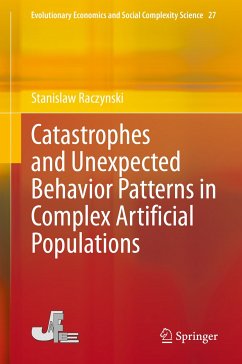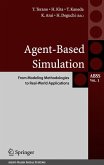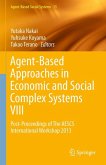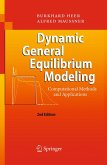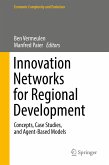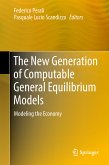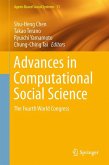A major objective of this monograph is to present an agent-based simulation of artificial populations. The focus is on possible unexpected or catastrophic events that may spontaneously appear in simulations. A short recall of the tenets of the theory of catastrophes is given. Several examples of artificial society simulations are provided as the main topic of the book. With agent-based modeling, possible catastrophes and unexpected events in artificial populations are simulated. The book presents a new modeling and simulation tool, applied to social system simulation. The models are coded in the object- and agent-oriented language Bluesss (Blues Simulation System), related to the C++ language. The program code consists of a series of generic declarations of processes. Each of them includes a number of events that are coded in C++. At the runtime, a population of objects is generated. All the objects (agents) start to execute their own events, and interact with one another. During the simulations it is possible to observe the macro-behavior of the population, where some unexpected or "catastrophic" events occur. The examples include a stock market crash, catastrophes in extended prey-predator systems, growing organisms and cancer, epidemics, social inequality and economic decay, mass-service systems, and more. Remarks on possible simultaneous events are also included.
Dieser Download kann aus rechtlichen Gründen nur mit Rechnungsadresse in A, B, BG, CY, CZ, D, DK, EW, E, FIN, F, GR, HR, H, IRL, I, LT, L, LR, M, NL, PL, P, R, S, SLO, SK ausgeliefert werden.
Hinweis: Dieser Artikel kann nur an eine deutsche Lieferadresse ausgeliefert werden.

